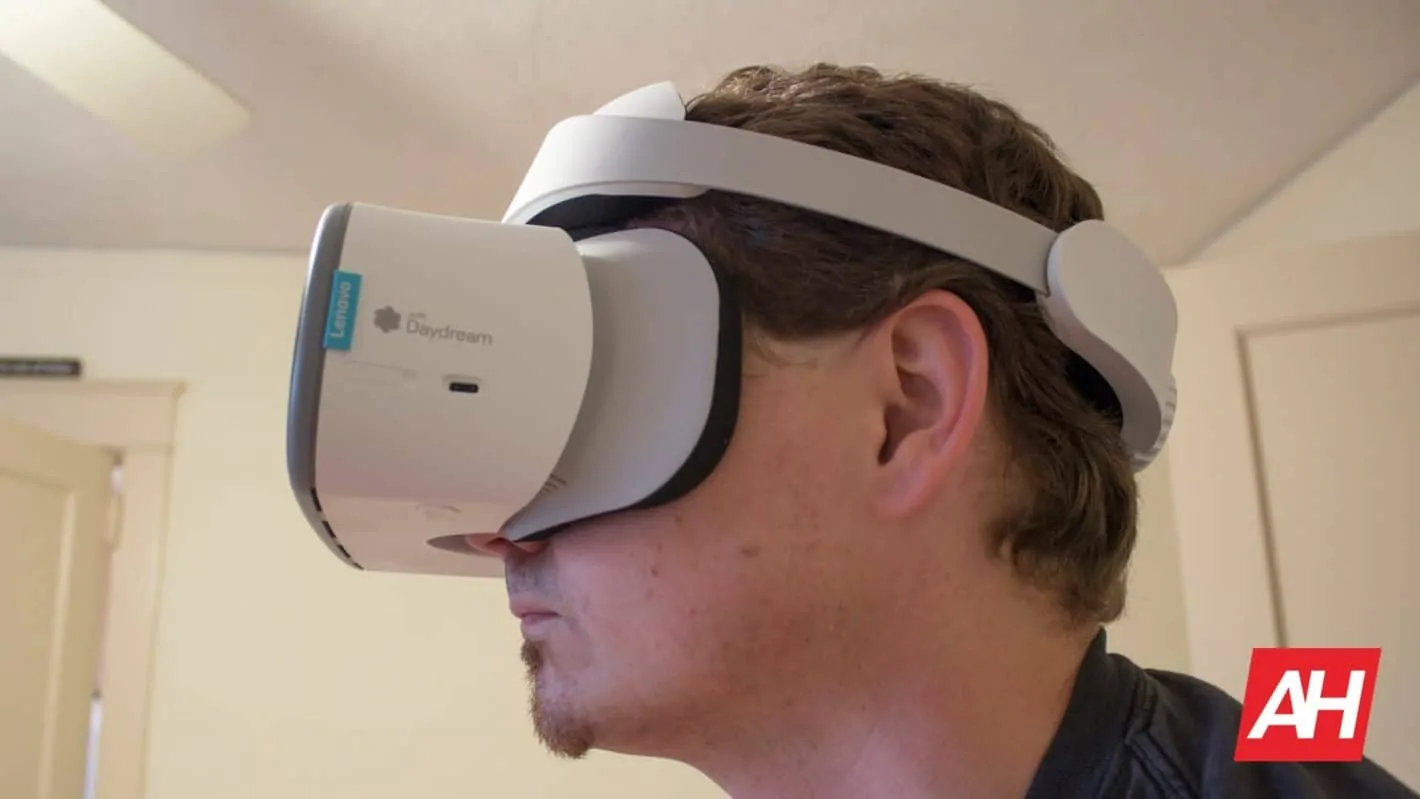Sony Interactive Entertainment and Lenovo have now announced a new agreement that will allow the latter company to license the use of PlayStation VR’s industrial design for the Lenovo’s Google Daydream-powered Mirage Solo VR headset. What’s more, the partnership will allow the two companies to work in conjunction with one another, enhancing the overall design. For Sony’s part, the company hopes to assist Lenovo in pushing VR further into the mainstream with its popular and time-proven technology. No financial details included in the deal have been provided as of this writing.
Background: Sony’s PlayStation VR has been one of the top-selling VR devices on the market since its launch in 2016, having had over three million units sold since October 2016 as of September. As its name implies, the system is only intended for use alongside the PlayStation system and more specifically with the PlayStation 4 console. Players interact with the virtual world via the devices headset, Sony Move motion controllers, and a PS VR camera that helps track the user’s head movement. The company had previously indicated that it is ready to move forward to improve its VR in early September. At the time, Sony centered its attention on current problems with the technology, including the fact that VR wearers are essentially blind to the outside world while they’re in the virtual experience. However, the details regarding exactly what improvements might be seen in a next-generation Sony PlayStation VR haven’t really been given and the new announcement doesn’t provide any specifics either.
Quite to the contrary, Lenovo’s Mirage Solo is a standalone VR headset operating on Google’s Daydream platform that’s only been on the market since May of this year. That sets the $400 Mirage Solo apart from Sony’s offering in several ways, with the most obvious being that it doesn’t depend on a secondary set of camera hardware or a console to immerse the wearer in a virtual environment. It’s also loaded with Google’s Android-based Daydream but doesn’t require the hardware from a smartphone to work. As a result of that, power is traded-off for portability and the features are much more lightweight, while the applications, experiences, and games that can be than can be found for PlayStation. Motion is tracked via 6DOF technologies for accurate head tracking and that tech is also found in the bundled controller, and two external cameras track the world around the user.
Impact: Given that both Sony and Lenovo’s VR products are already on shelves, it’s not immediately clear what the two companies have in mind for the partnership. It’s also worth noting that the two devices are already very similar in terms of aesthetics and overall design. The shape of the eyepiece section and the padded top-area that rests against a user’s head, for example, are almost identical in shape. The same is true of the style and look of the single head strap that ensures a snug fit, with a few minor differences in how the strap adjustment mechanism looks. So it seems as though the partnership could actually just be an agreement that allows Sony’s design to continue being used by Lenovo in exchange for some other benefit or financial return, rather than a partnership for something entirely new.

